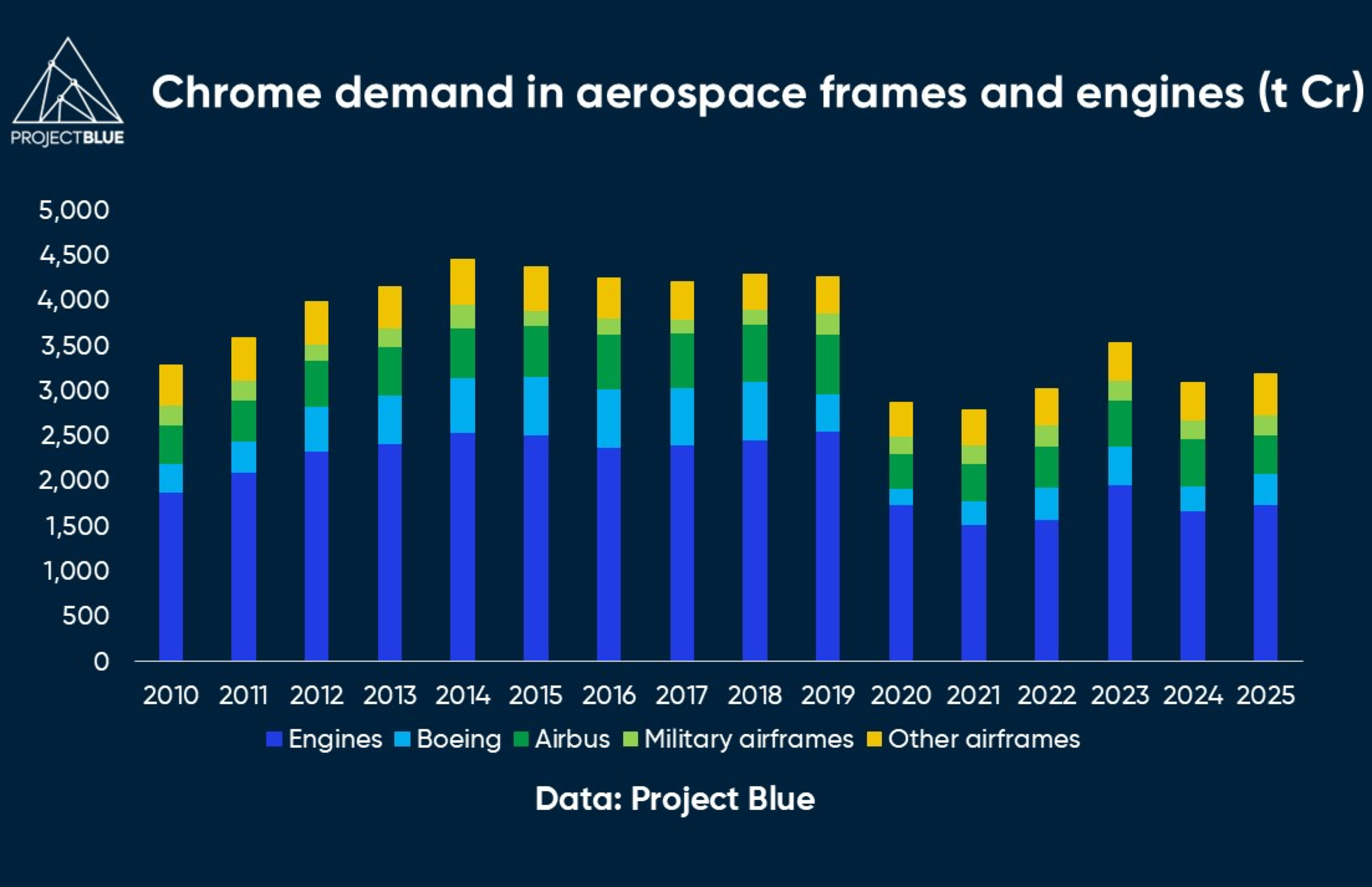Outokumpu to invest in a new chrome plant in the USA
News Analysis

31
Oct
2025
Outokumpu to invest in a new chrome plant in the USA
Outokumpu is planning to invest approximately US$45M in a low-CO₂ chromium metal and enriched ferrochrome pilot plant in the USA.
In 2024, Outokumpu invested in a pilot plant near Boston to develop a low-carbon technology for producing high-purity chromium metal (>90%) and enriched ferrochrome (65% Cr) for high-value markets such as the aerospace and defence sectors.
Since Kemi ore has a relatively low chrome-to-iron ratio, Outokumpu typically produces a 52% charge chrome, similar in grade to South African ferrochrome. This composition has prompted the company to explore new processing methods that can yield higher-grade alloys suitable for advanced industrial applications.
In September 2025, Outokumpu signed a memorandum of understanding (MoU) with Boston Metal to launch a joint development project using chrome-oxide and chromium feedstock from the Kemi mine in Finland. The collaboration focuses on testing and developing Boston Metal’s molten oxide electrolysis (MOE) technology, which enables carbon-free smelting using inert anodes.
Outokumpu’s material will also support Boston Metal in building a stable supply chain for these inert anodes, which are central to the MOE process. The partnership aims to advance circularity and improve the resource efficiency of Outokumpu’s stainless steel operations, whilst accelerating Boston Metal’s efforts to commercialise low-emission metal production.
The US has no domestic chromite resources and remains fully dependent on imported ore and high-carbon (HC) FeCr. A small number of firms, including FW Winter and MM Metals USA, produce chromium metal and low-carbon (LC) FeCr from imported feedstocks. AMG Chrome USA is also developing an aluminothermic chromium-metal plant in Pennsylvania, expected to start up in 2026.
Despite these limited downstream operations, the US remains reliant on imports for its primary chromium supply, and the Defence Logistics Agency maintains strategic stockpiles.
Chromium is widely used in aerospace and defence manufacturing due to its corrosion resistance, hardness, and stability under extreme temperatures. According to Project Blue’s aerospace model, chromium ranks as one of the top six elements (by volume) used to make aircraft frames and jet engine turbines.
Global chrome demand in the aerospace and defence sectors is expected to grow at a rate of 2.3%py between 2024 and 2050. However, not all chromite ores are suitable for chemical or metal production, and South Africa remains the primary source of chemical-grade material. Outokumpu’s pilot project marks an early step towards diversifying supply for high-purity chromium.